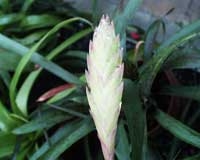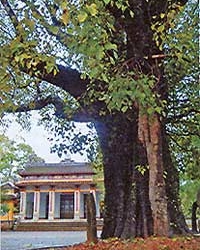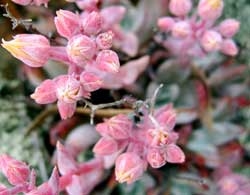Banana – A Delicious and Extremely Popular Fruit That Could Become Extinct in the Future
The banana, also known as Cavendish banana, is a very popular and widely consumed variety worldwide.
However, this familiar fruit is at risk of extinction in the future due to a fungus called fusarium oxysporum f.sp.cubense. It may sound unbelievable that just one fungus could lead to the extinction of such a widely cultivated plant.
But this scenario is entirely possible, and according to scientists, there are five reasons for this.
1. Many Banana Varieties Have Already Become Extinct
In the past, the Gros Michel banana, known for its exceptional flavor, dominated the Western markets in the first half of the 20th century. However, in 1876, a mysterious disease appeared in Australia, causing banana plants to wilt rapidly and fail to bear fruit.

Panama Disease Causes Banana Plants to Wilt and Decline.
The disease was named Panama, as it devastated the Gros Michel banana plantations in the country of the same name. Panama disease quickly spread and became known as the “banana pandemic” in the early 1900s, described as “one of the most severe agricultural disasters in history”, leading to the near-total extinction of this banana variety.
It is referred to as “near-total” because there are still a few places where Gros Michel bananas are grown, but with very low yields and relatively high prices. On the e-commerce platform Amazon, Gros Michel seedlings are listed for about 30 USD (over 600,000 VND – price as of 2016).
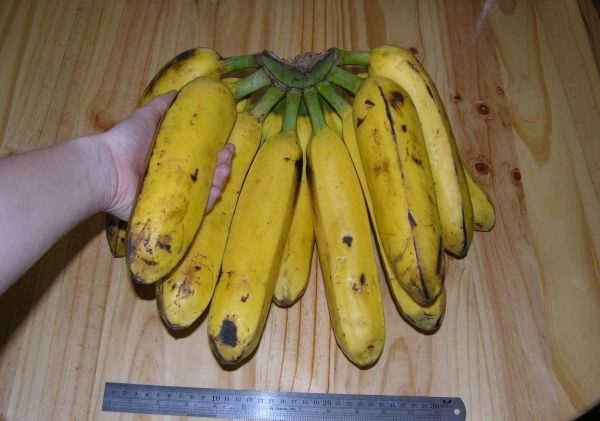
Gros Michel Banana.
This indicates that a similar scenario for the Cavendish banana is unfolding, which could result in comparable consequences in the future.
2. A Genocidal Disaster Is Already Happening
The reason the Cavendish banana has become so popular today is that it showed resistance to the earlier strains of Panama disease, whereas Gros Michel perished “like cut grass.”
However, now the fungus known as fusarium oxysporum f.sp.cubense – also referred to as “fourth-generation Panama” – has emerged.
This fungus has compromised the Cavendish bananas’ defenses and severely impacted banana farming in many regions around the world.
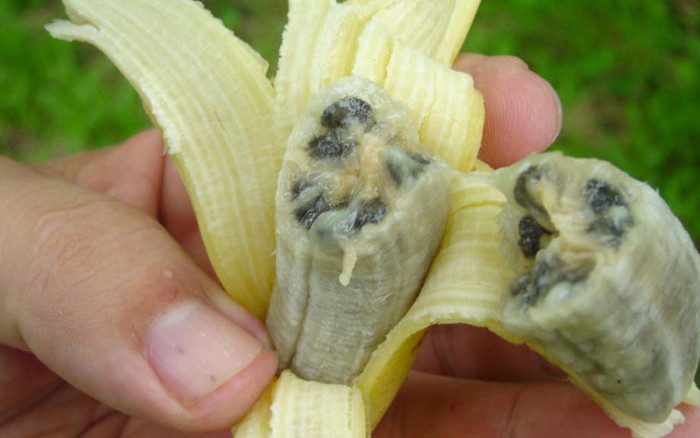
Bananas Affected by Panama Disease Are Not Edible.
According to a recent study, this fungus has been spreading rapidly, devastating banana farms in Asia, the Middle East, Africa, and Australia. Despite all efforts, humans have been unable to control it.

Fungus Fusarium Oxysporum F.sp.Cubense Spreading Rapidly.
The reason is that bananas reproduce asexually through rhizomes, resulting in plants with very similar genetic traits.
Just one infected plant can cause all the others to become infected. Consequently, the soil used for cultivation may become unusable for up to 30 years.
3. High Transmission and Easy Spread of the Fungus
Due to the asexual reproduction of banana plants, this fungus can easily spread from one plant to another within the same cultivation area.
This transmission occurs so quietly and slowly that banana farmers often do not notice it. By the time they realize their banana grove is “sick,” a substantial area has already been affected, making it difficult to control.

Even Walking Can Spread Panama Disease.
Moreover, the fungus can be spread across continents by… humans. Humans are the main factor in transporting the fungus everywhere through the mud clinging to the soles of their shoes.
The only way to prevent the fungus from spreading in an area is through quarantine. But is it feasible to quarantine the… soles of visitors’ shoes? It’s very challenging!
4. Fungicides? Don’t Even Dream!
Some methods to combat Panama disease have, of course, been considered by scientists, such as developing fungicides or breeding new varieties.
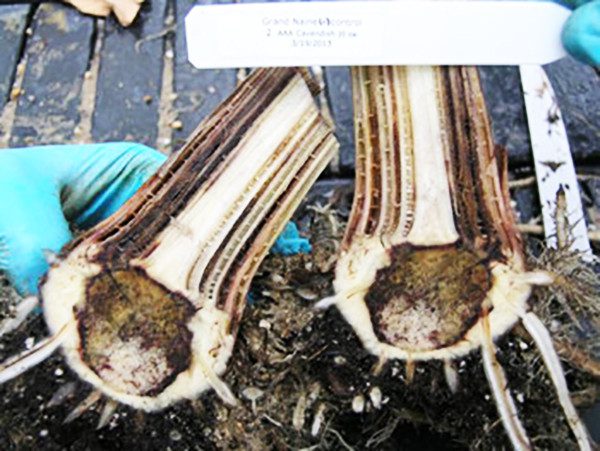
Currently, Scientists Are at a Standstill with This Fungus.
However, researchers are currently feeling “helpless” because the fungus has such strong defenses that no fungicide can penetrate.
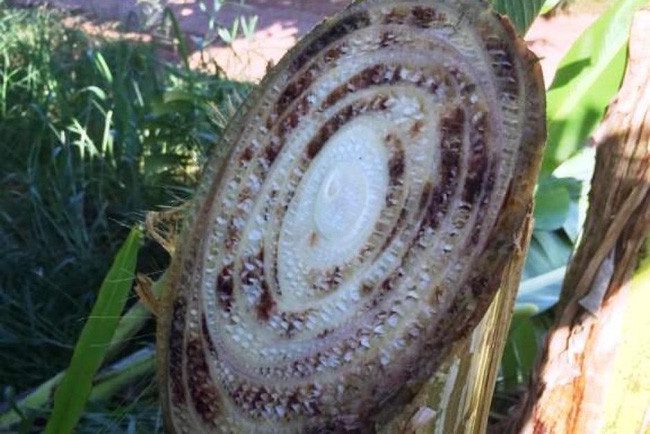
It’s Difficult for Any Fungicide to Be Effective, Even When Injected into the Plant Stem.
The fungus damages the roots and then fortifies itself in deeper organs such as the phloem and xylem systems. At that point, it is challenging for any fungicide to be effective, even if injected into the plant stem.
5. The Extinction of the Cavendish Banana May Not Be a Big Deal… Because We Will Have Other Bananas
As we know, when the Gros Michel banana faced a pandemic and moved towards extinction, the only solution was to use the Cavendish banana as a replacement.
Thus, it wouldn’t be surprising if the threat of extinction reaches the Cavendish banana, and we will have to adapt to another banana variety, so one could say that the extinction of Cavendish bananas wouldn’t be a catastrophe.
However, other banana varieties may not yield as much as the Cavendish, potentially leading to increased production costs.








































